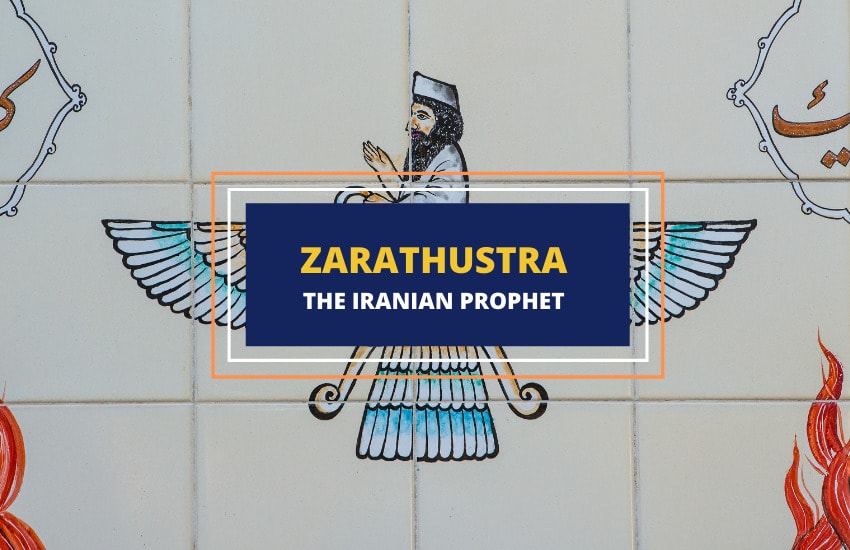
Table of Contents
Zarathustra or Zoroaster, as he’s called in Greek, is the ancient prophet of Zoroastrianism. A figure with an unimaginable and incalculable influence over the modern world, the three popular Abrahamic religions, and most of world history, Zarathustra can rightfully be called a father to all monotheistic religions.
However, why isn’t he more well-known? Is it simply because of the time passed or do people prefer to leave him and Zoroastrianism out of the conversation about monotheistic religions?
Who is Zarathustra?
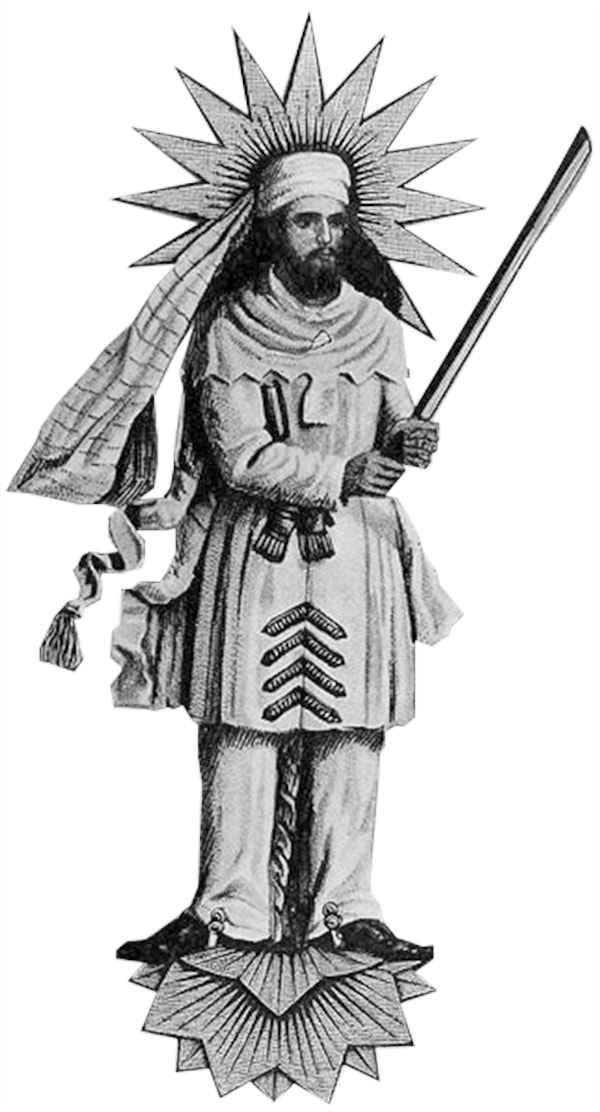
Zarathustra was likely born in the Rhages region of Iran (today’s Rey region) in 628 BCE – some 27 centuries ago. He’s also believed to have died in 551 BCE, at the age of 77.
At the time, most of the people in Central Asia and the Middle East followed an ancient polytheistic Irano-Aryan religion that was very similar to the nearby Indo-Aryan religion that later became Hinduism.
Born in this environment, Zarathustra is said to have had a series of divine visions that showed him the true order of the cosmos and the relationship between mankind and the divine. So, he devoted his life to trying to revolutionize the beliefs of those around him, and, to a large part, he was successful.
Although it’s not perfectly clear how many of Zoroastrianism’s core tenets were established by Zarathustra himself and how many were later established by his followers, what seems clear is that Zarathustra’s main intent and success was to establish a new monotheistic tradition into the ancient religious world.
Zarathustra’s Many Possible Birthdays
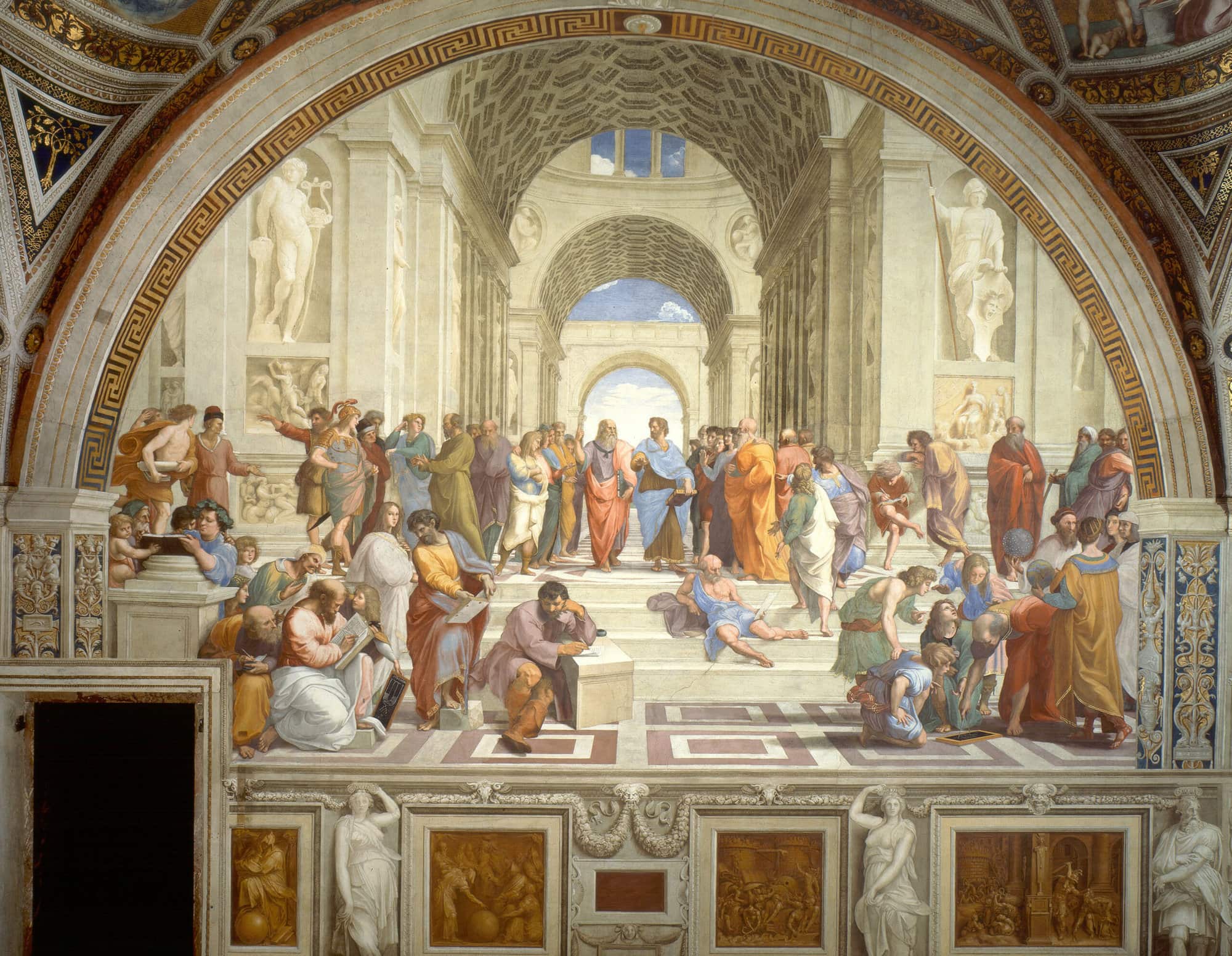
We mentioned before that Zarathustra is believed to have been born in the 7th century BCE. However, there are quite a few historians who dispute this, so it’s not exactly a certain fact. Many believe that Zarathustra lived somewhere between 1,500 and 1,000 BCE and there are even those who are certain he lived 3,000 to 3,500 years ago.
According to Zoroastrianism, Zarathustra “flourished” 258 years before Alexander the Great conquered the city of Persepolis in 330 BCE, putting the period to 558 BCE. There are also records claiming that Zarathustra was 40-years-old when he converted Vishtāspa, a king of Chorasmia in Central Asia in 558 BCE. This is what leads many historians to believe he was born in 628 BCE – 40 years before the conversion of King Vishtāspa.
There’s no certainty when it comes to such ancient and poorly collaborated claims, however. It may very well be that Zarathustra was born way before 628 BCE too. Additionally, we know that Zoroastrianism changed over time after Zarathustra’s death with many other religious leaders developing his original ideas.
It may very well be that the Zarathustra who converted Vishtāspa in 558 BCE and under whom Zoroastrianism flourished isn’t the original prophet who established the concept of monotheism in the first place.
The bottom line?
When it comes to Zarathustra’s personal life, we really don’t know much – there’s just too much time that has passed and too few written records about him other than those written about Zoroastrianism.
Father of Zoroastrianism – The First Monotheistic Religion
Zarathustra or Zoroaster is mainly known as the prophet who came with the concept of monotheism. At the time, all other religions in the world – including Judaism – were polytheistic. There were the occasional henotheistic or monolatristic religions, of course, however, those religions focused on the worship of a single god in a pantheon of many deities, with the rest of them simply deemed foreign or adversary – neither lesser nor divine.
Instead, Zoroastrianism was the first religion to spread the idea that there was really only one cosmic being worthy of the moniker “God”. Zoroastrianism did leave the door open for some other powerful spirits and inhuman beings, but those were viewed as aspects of the One True God, pretty much as was the case in the later Abrahamic religions.
This “loophole” helped Zarathustra popularize Zoroastrianism in the largely polytheistic region of Central Asia. By allowing for spirits called amesha spentas, or beneficient immortals, Zoroastrianism opened the door for polytheistic believers to associate their gods with the beneficient immortals, while still accepting Zoroastrianism and its One True God – Ahura Mazdā, the Wise Lord.
For example, the Indo-Aryan fertility and river goddess Anahita still found a place in Zoroastrianism. She retained her divine position by becoming the avatar of the Heavenly River Aredvi Sura Anahita on top of the world mountain Hara Berezaiti (or High Hara) from which Azhura Mazdā created all the rivers and oceans of the world.
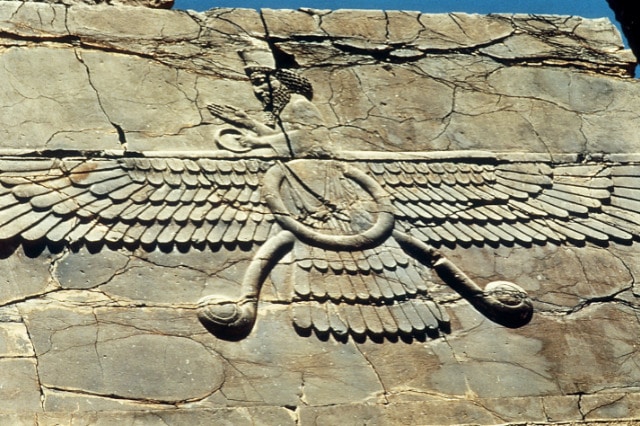
Ahura Mazdā – the One True God
The god of Zoroastrianism, as prophesied by Zarathustra was called Ahura Mazdā which directly translates to Wise Lord. According to all Zoroastrian texts we have today such as the Gāthās and the Avesta, Ahura Mazdā was the Creator of everything in the Cosmos, the Earth, and all living things on it.
He is also the “sovereign lawgiver” of Zoroastrianism, he’s at the very center of nature, and he is what makes the Light and the Dark alternate every day both literally and metaphorically. And, like the monotheistic Abrahamic god, Ahura Mazdā also has three aspects of his personality or a Trinity of sorts. Here, they are Haurvatāt (Wholeness), Khshathra Vairya (Desirable Dominion), and Ameretāt (Immortality).
The Beneficent Immortals
According to the Gāthās and the Avesta, Ahura Mazdā is the father of quite a few amesha spentas immortals. These include Spenta Mainyu (the Good Spirit), Vohu Manah (Righteous Thinking), Asha Vahishta (Justice and Truth), Armaiti (Devotion), and others.
Together with his three personalities above, these beneficent immortals both represent aspects of Ahura Mazdā’s personality, as well as aspects of the world and humanity. As such they too are often worshipped and honored separately, though not as gods but just as spirits and aspects – as universal constants.
The God and the Devil
A major and non-coincidental similarity you may notice between Zoroastrianism and the Abrahamic religions popular today is the duality of God and the Devil. In Zoroastrianism, Ahura Mazdā’s opponent is called Angra Mainyu or Ahriman (The Destructive Spirit). He is the embodiment of evil in Zoroastrianism and all who follow him are condemned as disciples of evil.
Zarathustra’s religion was unique for its time with this concept even if it feels standard today. In Zoroastrianism, the idea of fate didn’t play as much of a role as it did in the other religion of the time. Instead, Zarathustra’s teachings focused on the idea of personal choice. According to him, we all had a choice between Ahura Mazdā and his good nature and Ahriman and his evil side.
Zarathustra postulated that our choice between these two forces determined not only what we do in our natural lives but what happens to us in the afterlife too. In Zoroastrianism, there were two main outcomes that awaited anyone after death.
If you followed Ahura Mazdā, you’d be welcomed in a kingdom of truth and justice for all of eternity. However, if you followed Ahriman, you went to Druj, the kingdom of the Lie. It was populated with daevas or evil spirits who served Ahriman. Needless to say, that kingdom looked very similar to the Abrahamic version of Hell.
And, just as in the Abrahamic religions, Ahriman wasn’t equal to Ahura Mazdā nor was he a god. Instead, he was just a spirit, similar to the other beneficent immortals – a cosmic constant of the world that was created by Ahura Mazdā together with everything else.
Zarathustra and Zoroastrianism’s Influence over Judaism
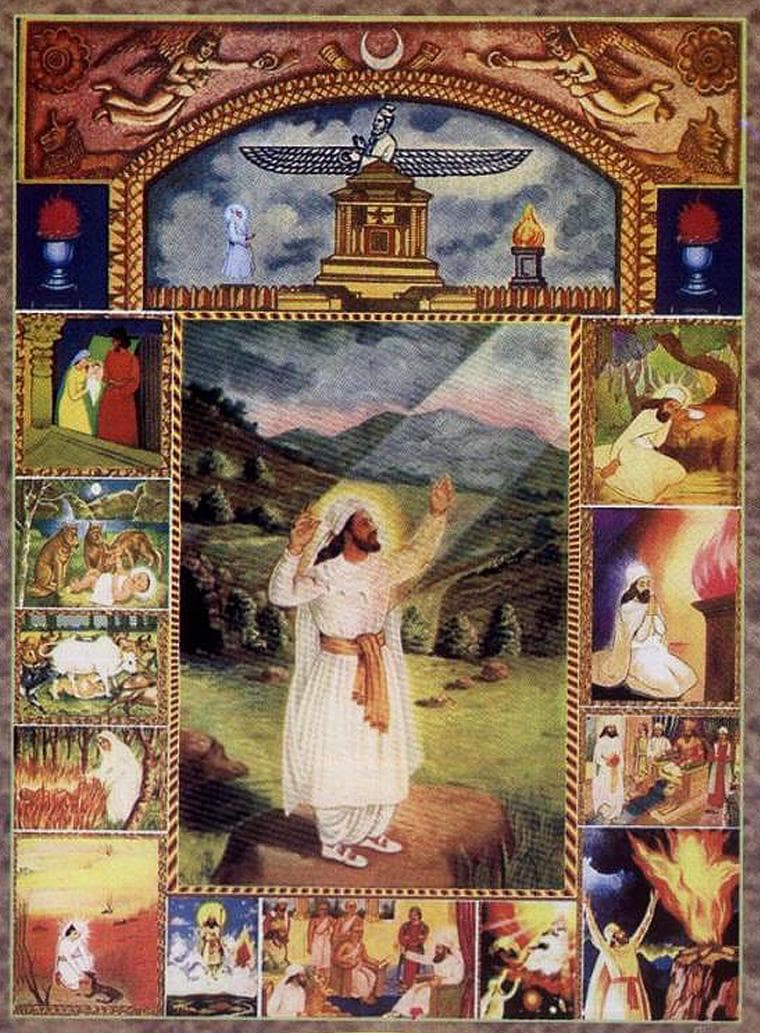
Just like Zarathustra’s birthday, the exact birth date of Zoroastrianism isn’t exactly certain. However, whenever the precise inception of Zoroastrianism was, it almost certainly came in a world where Judaism already existed.
Why, then, is Zarathustra’s religion viewed as the first monotheistic religion?
The reason is simple – Judaism wasn’t monotheistic at the time yet. For the first few millennia after its creation, Judaism went through polytheistic, henotheistic, and monolatrist periods. Judaism didn’t become monotheistic until roughly the 6th century BCE – exactly when Zoroastrianism started taking over parts of Central Asia and the Middle East.
What’s more, the two religions and cultures met physically around that time too. Zarathustra’s teachings and followers had just started making their way through Mesopotamia when the Hebrew people were liberated from the Persian rule of Emperor Cyrus in Babylon. It was after that event that Judaism started becoming monotheistic and incorporated concepts that were already prevalent in Zarathustra’s teachings such as:
- There is only One True God (whether Ahura Mazdā or YHWH in Hebrew) and all other supernatural beings are just spirits, angels, and demons.
- God has an evil counterpart that is lesser but exactly opposed to Him.
- Following God results in an eternity in Heaven while opposing him sends you in an eternity in Hell.
- Free Will determines our destinies, not Fate.
- There is a duality to the morals of our world – everything is seen through a prism of Good and Evil.
- The Devil (whether Ahriman or Beelzebub) has a horde of evil spirits at his command.
- The idea of a Judgement Day after which God will achieve victory over the Devil and will make Heaven on Earth.
These and other concepts were first conceived by Zarathustra and his followers. From there, they seeped into the other nearby religions and have persevered to this day.
While proponents of other religions argue that these ideas are their own – and it’s certainly true that Judaism, for example, was already undergoing its own evolution – it’s historically undisputed that Zarathustra’s teachings predated and influenced Judaism in particular.
Importance of Zarathustra in Modern Culture
As a religion, Zoroastrianism is far from widespread today. While there are some 100,000 to 200,000 followers of Zarathustra’s teachings today, mostly in Iran, that’s nowhere near the global size of the three Abrahamic religions – Christianity, Islam, and Judaism.
Still, Zarathustra’s teachings and ideas do live on in these and – to a lesser extent – other religions. It’s difficult to imagine what the history of the world would have been without the teachings of the Iranian prophet. What would Judaism be without it? Would Christianity and Islam even exist? How would the world look without the Abrahamic religions in it?
Plus, in addition to his influence over the world’s biggest religions, Zarathustra’s story and accompanying mythology have also made their way into later literature, music, and culture. Some of the many works of art themed after Zarathustra’s legend include Dante Alighieri’s famous Divine Comedy, Voltaire’s The Book of Fate, Goethe’s West-East Divan, Richard Strauss’ concerto for orchestra Thus Spoke Zarathustra, and Nietzsche’s tone poem Thus Spoke Zarathustra, Stanley Kubrick’s 2001: A Space Odyssey, and much more.
The Mazda automobile company is also named after Ahura Mazda, much of the tenets of medieval alchemy circled around the myth of Zarathustra, and even modern popular fantasy epics like George Lucas’ Star Wars and George RR Martin’s Game of Thrones are influenced by Zoroastrian concepts.
FAQs About Zarathustra
Zarathustra founded Zoroastrianism, which would go on to influence most subsequent religions and by extension almost all of modern culture.
Zarathustra’s native language was Avestan.
When translated, the name Zarathustra is believed to mean He who manages camels.
Zarathustra’s location of birth is unknown, as is the date.
Records show that Pourusaspa, meaning he who possesses gray horses, of the Spitamans was Zarathustra’s father. His mother was Dugdow, meaning milkmaid. In addition, he’s also said to have had four brothers.
Records of his life state that he began training for priesthood around the age of 7, as was the custom at the time.
Yes, and he is often considered to be the first philosopher. The Oxford Dictionary of Philosophy ranks him as the first known philosopher.
The core tenet of his teachings was that the individual has the freedom to choose between right or wrong, and has responsibility for their deeds.








